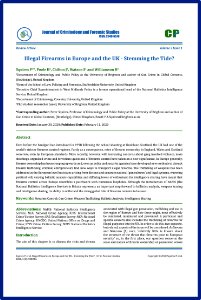By Everytown Research and Policy
Analysis from 750 cities of data available for the first times reveals that:
The rate of people who died by gun suicide in cities increased 11 percent over the past decade, and now make up an average of over four in 10 city gun deaths.
Cities in states with the strongest gun violence prevention laws have about half the rate of people who die by gun suicide as those in states with the weakest laws, demonstrating the importance of legislative action in preventing gun violence in cities.
Cities with the most gun shops experience nearly four times higher rates of people who die by gun suicide than those with the fewest gun shops, signaling the importance of expanding cities’ focus beyond illegal guns.
Smaller cities and those with fewer walkable neighborhoods (i.e., distance to local resources) experience higher rates of people who die by gun suicide, underscoring the importance of adequate access to resources and networks of social support that reduce risk factors like social isolation.
Cities with the most parks have about half the rate of people who die by gun suicide as those with the least, suggesting that cleaning and greening efforts may offer benefits in reducing both gun homicides and suicides.
New York: Everytown Research, 2022.





















